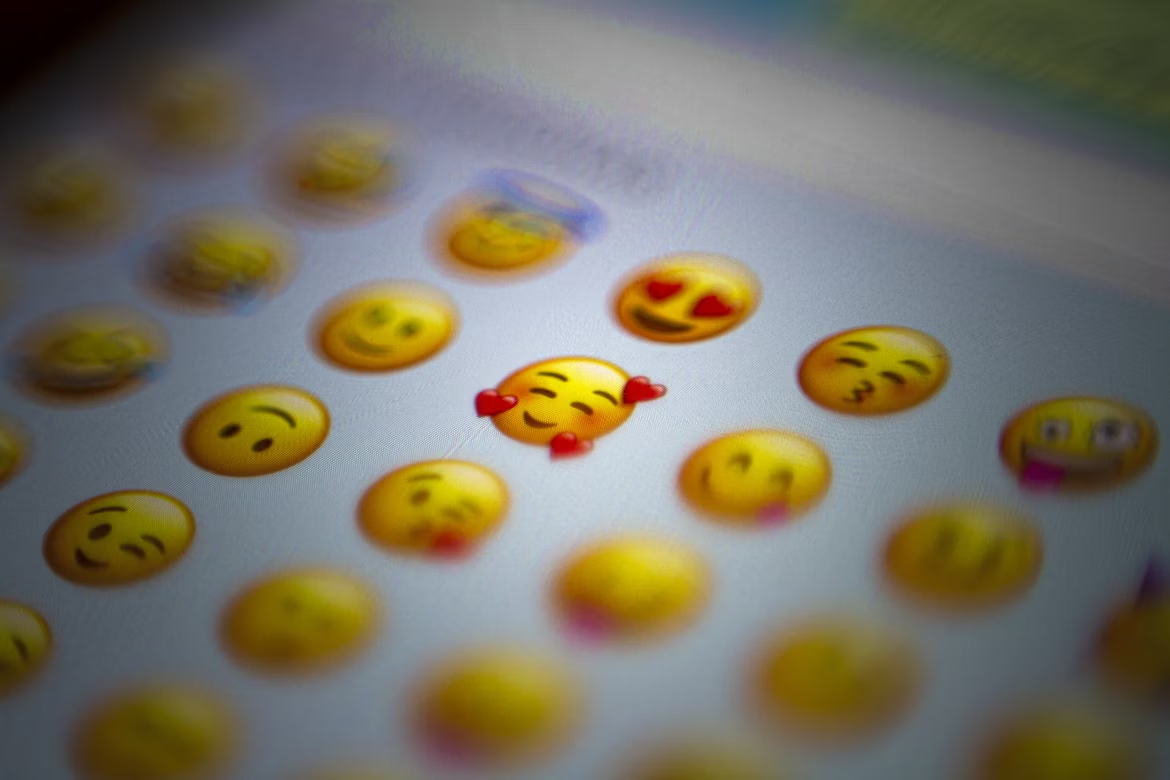Exploring the Deep Connection Between Empathy and Sound in the Brain
We’ve all had that moment. A song plays—and suddenly, a lump rises in your throat. Your chest tightens. Maybe tears come, or a wave of joy so strong it lifts your whole body. But how can something as abstract as sound move us so deeply?
The answer may lie not just in our ears, but in our empathy.
Recent neuroscience is uncovering how music taps into the same brain networks we use to understand and share the emotions of others. In other words, the reason we feel music so intensely is because, on a neurological level, we’re empathizing with the song, the artist, or even an imagined emotional world.
Let’s take a closer look at the science behind this mysterious connection between music and empathy, and what it reveals about being human.
Music is unique among the arts in its ability to bypass logic and go straight to the emotional core. Unlike language or visual images, music doesn’t require translation. It’s immediate. You don’t have to know what a song is about to feel it.
But why?
From a biological standpoint, music activates multiple parts of the brain involved in emotion, memory, attention, and—crucially—social processing. When people listen to emotionally expressive music, their brains light up in areas associated with empathy, including the anterior insula, anterior cingulate cortex, and medial prefrontal cortex.
These regions are also activated when we imagine or witness another person’s feelings, suggesting that when we listen to music, our brains treat it like another emotional being.
One possible mechanism behind this connection is the mirror neuron system, a network of brain cells that fire both when we perform an action and when we observe someone else doing it. Mirror neurons help us understand others’ emotions by simulating their internal state in our own bodies.
Think of it as your brain’s way of saying, “I feel you.”
When applied to music, this mirroring allows listeners to internally simulate the emotions or intentions behind a piece. So when you hear a melancholic cello line or a triumphant chorus, your brain might be mimicking the emotional expression embedded in that performance.
This isn’t just poetic, it’s scientific. A 2023 Psychology Today article explains how people with high trait empathy tend to be more emotionally responsive to art. They’re more likely to report chills, goosebumps, or tears when moved by music, suggesting a heightened empathic sensitivity.
Not everyone experiences music the same way. Some people listen casually; others feel it viscerally. A growing body of research points to trait empathy, a stable personality factor that reflects how much someone tends to empathize with others, as a major influence.
A 2022 review in Frontiers in Psychology found that people with high emotional empathy were more likely to experience strong affective reactions to music, including chills, tears, or bodily sensations. These responses often correlate with activation in emotion-related brain structures like the insula and amygdala.
It’s not just about liking sad songs or swelling orchestras. Empathic listeners tend to process music as a kind of social signal, picking up on its emotional “voice” the way we might respond to someone’s tone or facial expression.
In this way, music becomes a kind of emotional conversation, one that doesn’t need words.

So what does all this mean in practice?
For starters, music can be a powerful tool for building empathy, especially across cultures, languages, and even generations. A 2023 article from UC Berkeley’s Greater Good Science Center highlights how shared musical experiences, like concerts or group singing, can enhance social bonding and emotional attunement.
When we sing together, our heart rates and brainwaves can literally begin to sync. When we listen to music with others, we may feel emotionally closer, even if we don’t know each other.
This has profound implications for education, therapy, and social connection. Music therapy, for example, often leverages this empathic resonance to help people with trauma, autism, or depression access and express emotion in ways that language can’t.
Empathic reactions to music don’t always come from analyzing a song, they often come from resonance. A particular lyric might reflect your own experience. A melody might echo a grief you didn’t know you still carried. And when that happens, the music doesn’t just sound good—it feels like it understands you.
This is what researchers call empathic resonance: the sensation that art, or music, is mirroring your own internal state. It’s why we listen to sad songs when we’re heartbroken—not to feel worse, but to feel seen.

The connection between music and empathy is a powerful, circular relationship. Empathetic people tend to feel music more deeply, neuroscience shows their brains activate emotional centers more intensely when listening. But it’s not one-way: music can actually build empathy, too. By expressing emotions through sound, it lets us experience what others feel, even if we’ve never lived their story.
This creates a kind of emotional rehearsal, where we learn to recognize and respond to complex feelings. And empathy then deepens our connection—not just to the artist, but to everyone around us. Music becomes both a mirror (showing us our own inner world) and a bridge (connecting us to others). In that way, music isn’t just art—it’s a shared human experience that keeps us emotionally in sync.
If you want to try out using music as therapy check out all of the different forms music therapy can take.
So, can we feel music?
Yes—and not just in the metaphorical sense. We literally feel music, because our brains are wired to experience it in the same emotional circuits we use to understand each other. The very regions that activate when we witness someone else’s joy or grief—like the anterior insula, medial prefrontal cortex, and temporoparietal junction—are also engaged when we listen to music that stirs us. That means when a melody moves you, your brain may be reacting as if it were witnessing another person’s emotion directly.
Music may be made of notes, rhythms, and harmonies, but we don’t just hear it with our ears—we interpret it through the lens of empathy. It mimics the pacing of speech, mirrors the rise and fall of an emotional story, and captures the nuance of feelings that language often fails to convey. That’s why a violin solo can evoke sorrow without a single word. That’s why a choir can sound like hope.
When we truly open ourselves to a song—when it gives us chills, brings tears to our eyes, or makes our chest ache with something we can’t quite name—it’s not just entertainment. It’s a form of emotional communication. A sonic bridge between people, created without physical contact, across time and space.
And in a world that often feels divided, noisy, and disconnected, that kind of communication matters. Music slows us down. It invites us to tune in, to ourselves and to others. It softens the edges of cynicism and distraction, grounding us in something elemental: the act of feeling with another being. That’s empathy in action.
Researchers even suggest that listening to emotionally expressive music can enhance our capacity for empathy in daily life. By practicing emotional attunement through music—recognizing tension, release, longing, joy—we strengthen the same muscles we use in human relationships. In this way, music doesn’t just reflect our emotions—it shapes and expands our ability to hold them, for ourselves and for others. It’s actively practicing emotional regulation.
So the next time a song moves you, don’t brush it off. That surge in your chest or lump in your throat isn’t weakness or sentimentality. It’s your nervous system recognizing something real. It’s your brain rehearsing connection.
That moment of resonance, however fleeting, is more than just a feeling.
It’s empathy, in harmony.